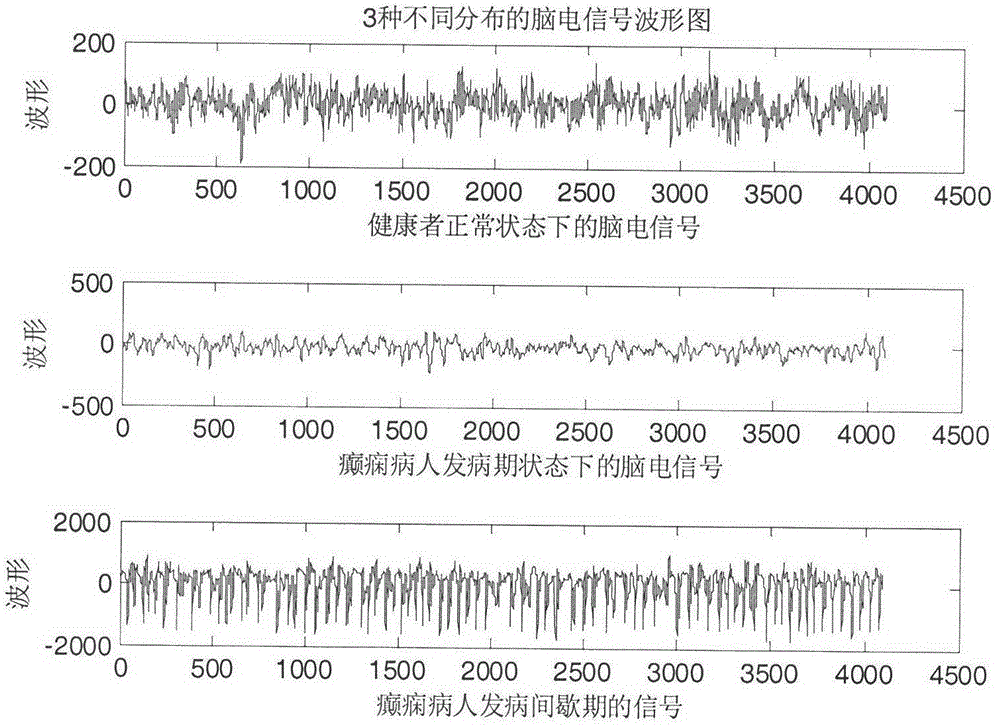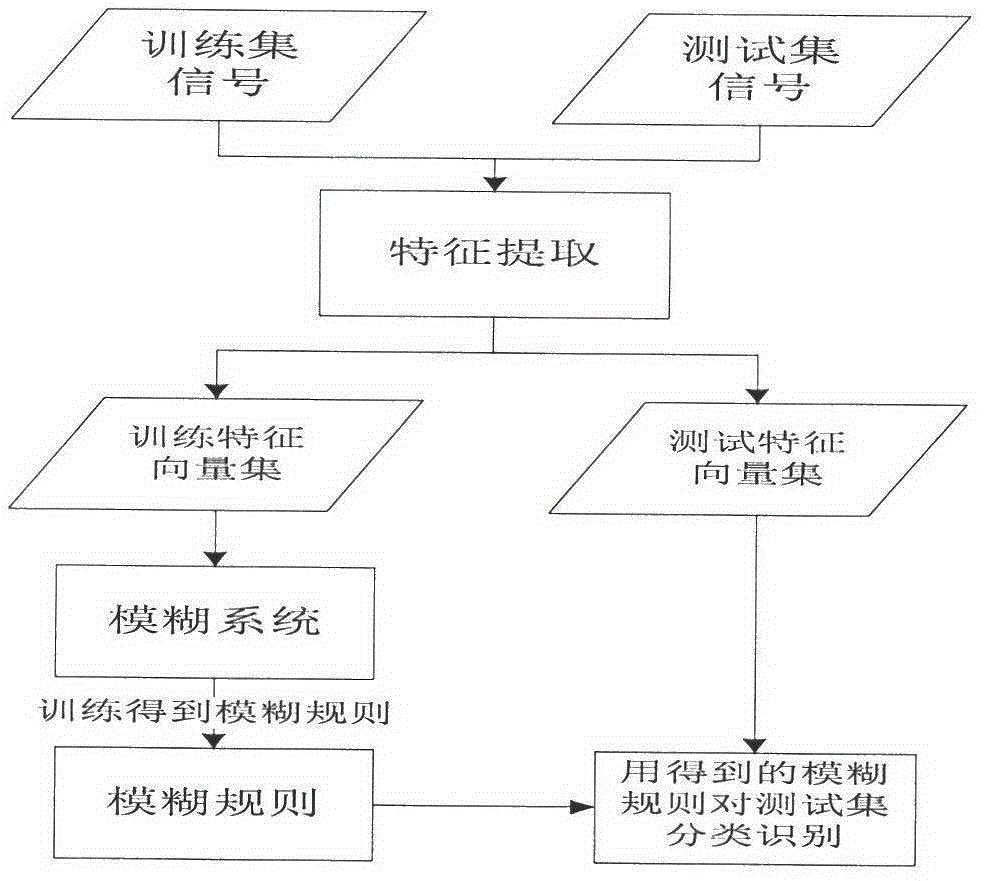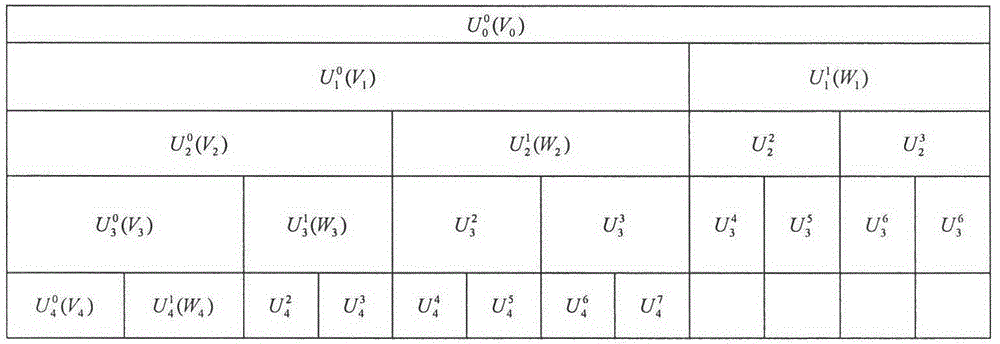Electroencephalogram signal recognition fuzzy system and method with transfer learning ability
An EEG signal, fuzzy system technology, applied in medical science, sensors, diagnostic recording/measurement, etc., can solve problems such as classifier performance degradation
- Summary
- Abstract
- Description
- Claims
- Application Information
AI Technical Summary
Problems solved by technology
Method used
Image
Examples
Embodiment 1
[0117] Figure 10 and Figure 11 The results of the abscissa in the effect diagram of 1 and 2 are respectively using such as Figure 4 The EEG signals and Figure 8 The EEG signals measured during seizures in epileptic patients were used as training sets; Figure 4 The EEG signals and Figure 6 , The performance effect of the EEG signal recognition fuzzy system with transfer learning ability constructed by using the EEG signals of the epileptic patients during the interictal period in 7 as a test set. In this embodiment, the migration item parameter λ is set to 0.001, and the number of fuzzy rules is set to 10. However, the present invention should not be limited to the content disclosed in the embodiment and the accompanying drawings. Therefore, all equivalents or modifications that do not deviate from the spirit disclosed in the present invention fall within the protection scope of the present invention.
Embodiment 2
[0119] Figure 10 and Figure 11 The results of the abscissas of 3 and 4 in the effect diagram are respectively used as Figure 5 EEG signals and Figure 8 The EEG signals measured during seizures in epileptic patients were used as training sets; Figure 4 The EEG signals and Figure 6 , The performance effect of the EEG signal recognition fuzzy system with transfer learning ability constructed by using the EEG signals of the epileptic patients during the interictal period in 7 as a test set. In this embodiment, the migration item parameter λ is set to 0.1, and the number of fuzzy rules is set to 15. However, the present invention should not be limited to the content disclosed in the embodiment and the accompanying drawings. Therefore, all equivalents or modifications that do not deviate from the spirit disclosed in the present invention fall within the protection scope of the present invention.
Embodiment 3
[0121] Figure 10 and Figure 11 The results of the horizontal coordinates of 5 and 6 in the effect diagram are respectively used as Figure 4 , EEG signals of healthy subjects in 5 and Figure 8 The EEG signals measured during seizures in epileptic patients were used as training sets; Figure 4 , EEG signals of healthy subjects in 5 and Figure 6 , The performance effect of the EEG signal recognition fuzzy system with transfer learning ability constructed by using the EEG signals of the epileptic patients during the interictal period in 7 as a test set. In this embodiment, the migration item parameter λ is set to 0.15, and the number of fuzzy rules is set to 15. However, the present invention should not be limited to the content disclosed in the embodiment and the accompanying drawings. Therefore, all equivalents or modifications that do not deviate from the spirit disclosed in the present invention fall within the protection scope of the present invention.
PUM
 Login to View More
Login to View More Abstract
Description
Claims
Application Information
 Login to View More
Login to View More - R&D
- Intellectual Property
- Life Sciences
- Materials
- Tech Scout
- Unparalleled Data Quality
- Higher Quality Content
- 60% Fewer Hallucinations
Browse by: Latest US Patents, China's latest patents, Technical Efficacy Thesaurus, Application Domain, Technology Topic, Popular Technical Reports.
© 2025 PatSnap. All rights reserved.Legal|Privacy policy|Modern Slavery Act Transparency Statement|Sitemap|About US| Contact US: help@patsnap.com



